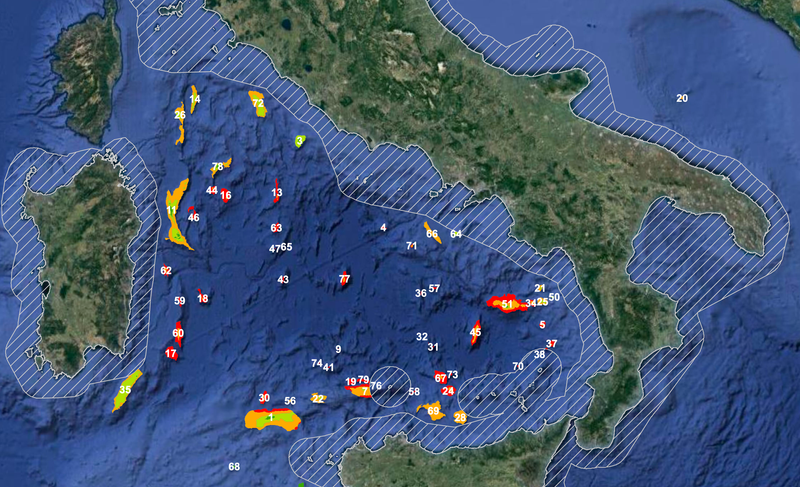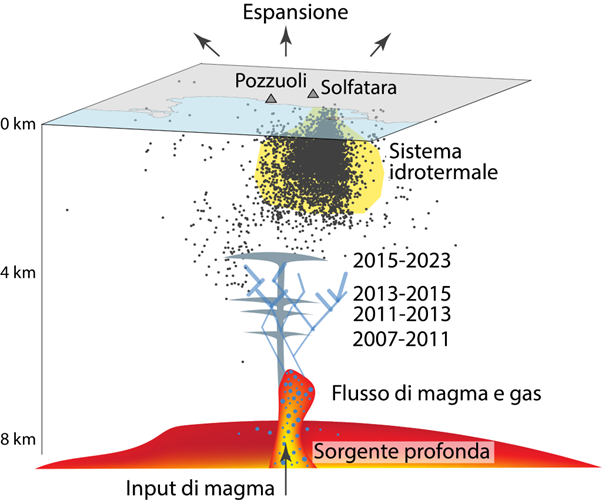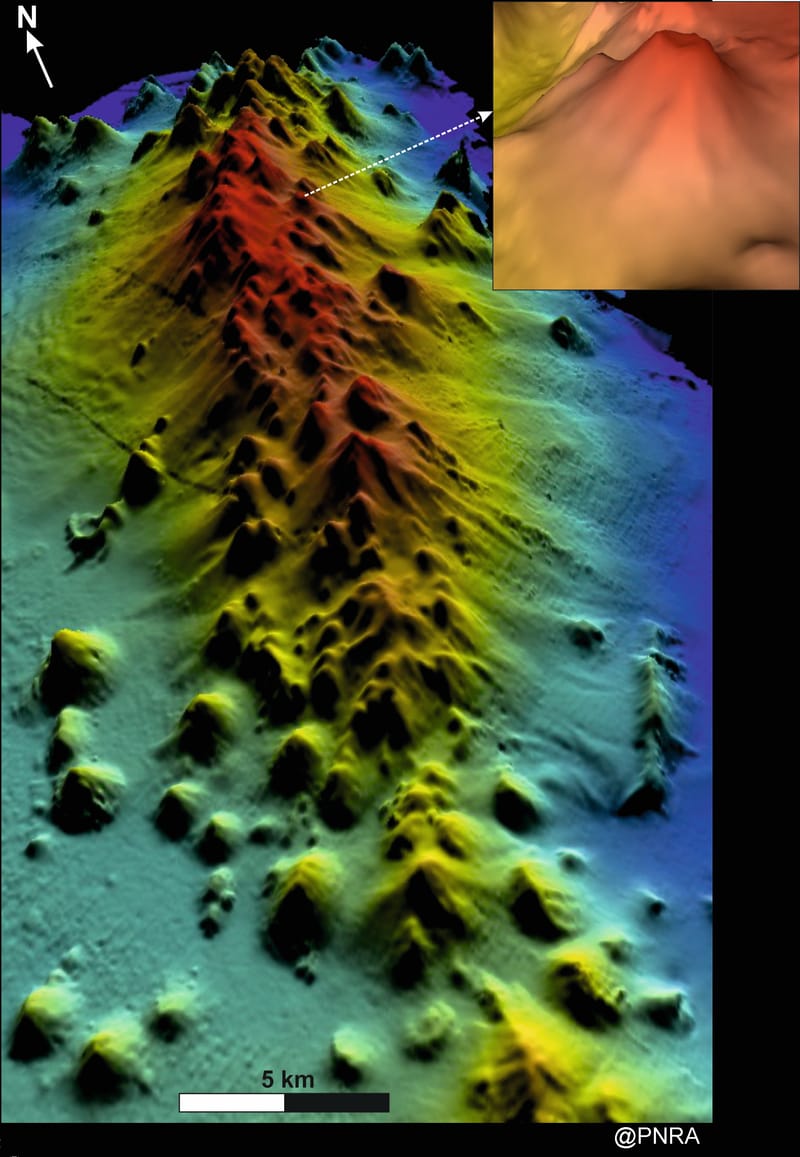Euclid photographs the boundaries of the universe, extraordinary and unprecedented images
Just under a year after its departure, Euclid, ESA's space telescope, has produced a series of images and data described as unprecedented by astronomers.

Launched last July 1 for the purpose of investigating the deep universe, Euclid, the ESA-built space telescope, has enchanted the world with the latest images it has produced that depict corners of the extragalactic sky with unprecedented definition.
Euclid's mission for the next 5 years will be to explore and map the structure of the deep universe, investigating its evolutionary dynamics-such as the formation of galaxies and their evolution over time-and studying its most mysterious component: dark matter and energy.
Euclid's specialty is to be able to obtain images that are as accurate in detail as they are generous in the extent of the field of observation, an invaluable combination for astronomical instrumentation, which is unparalleled with this telescope and allows simultaneous observation of the smallest and largest-scale structures, returning an overview that promises a significant alteration in our understanding of the universe.
In a single day, Euclid detected 11 million objects in visible light and 5 million in infrared light, and the 5 images obtained already reveal new physical properties of the cosmos.
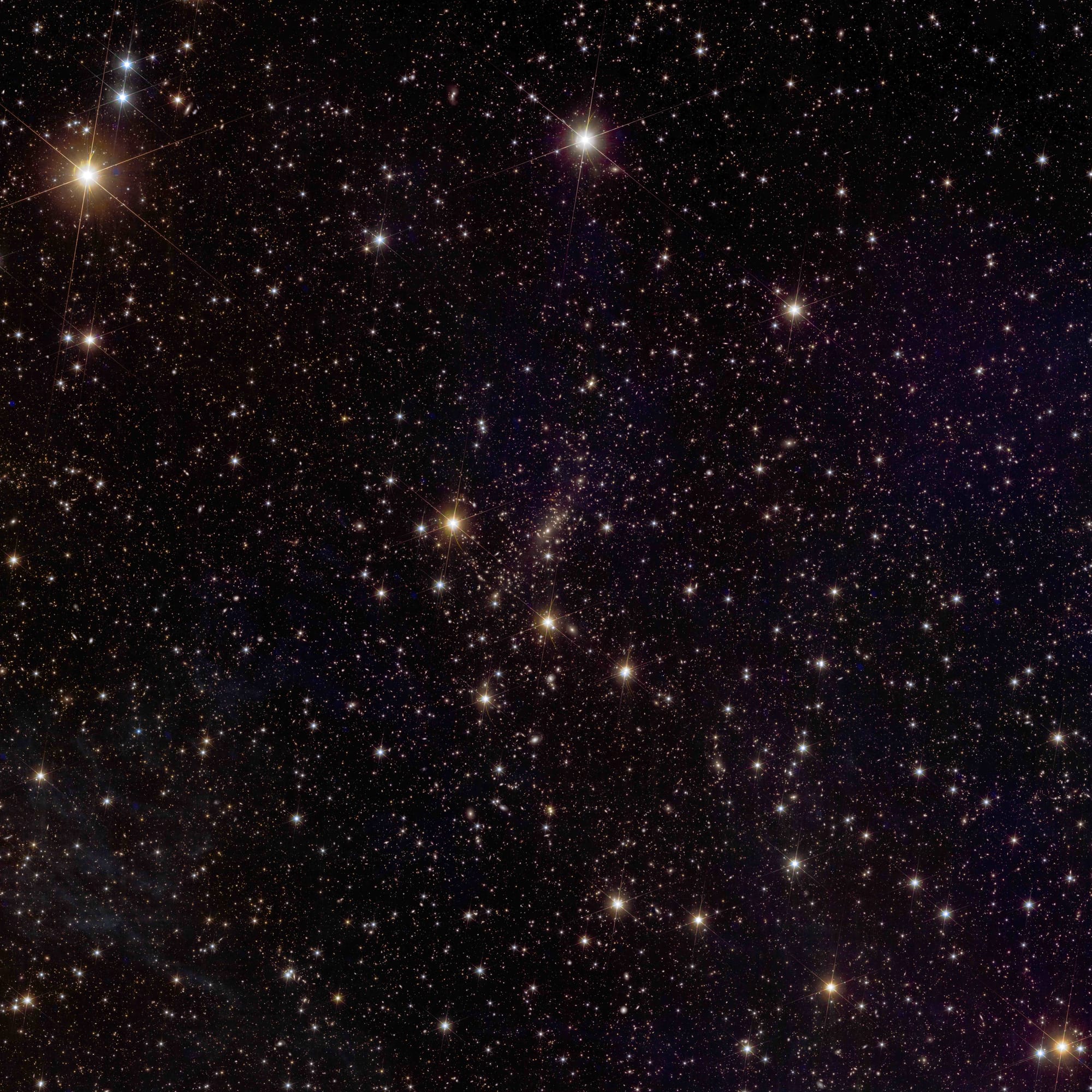
Abell 2390
The first image released by the European Space Agency's institutional website, reveals Abell 2390, a huge cluster of galaxies-more than 50,000-located in the constellation Pegasus 2.7 billion light-years away. As is the case with any galaxy cluster, most of the mass is dark matter, in concentrations that distort spacetime and light passing through it.
Specifically visible in this image is the phenomenon of gravitational lensing, the lights of distant galaxies bent and distorted (the light takes the form of arcs) by what scholars speculate to be the gravitational energy of dark matter.
The image also captures the light behavior of intergalactic stars, that is, those stars disengaged from the gravitational force of galaxies. This light, called intracluster light, following the gravitational field of the galaxy cluster, is an excellent tracer of the distribution of dark matter.
With these observations, particularly by analyzing the magnitude of light distortion, scholars will carry out measurements on the amount and distribution of dark mass.
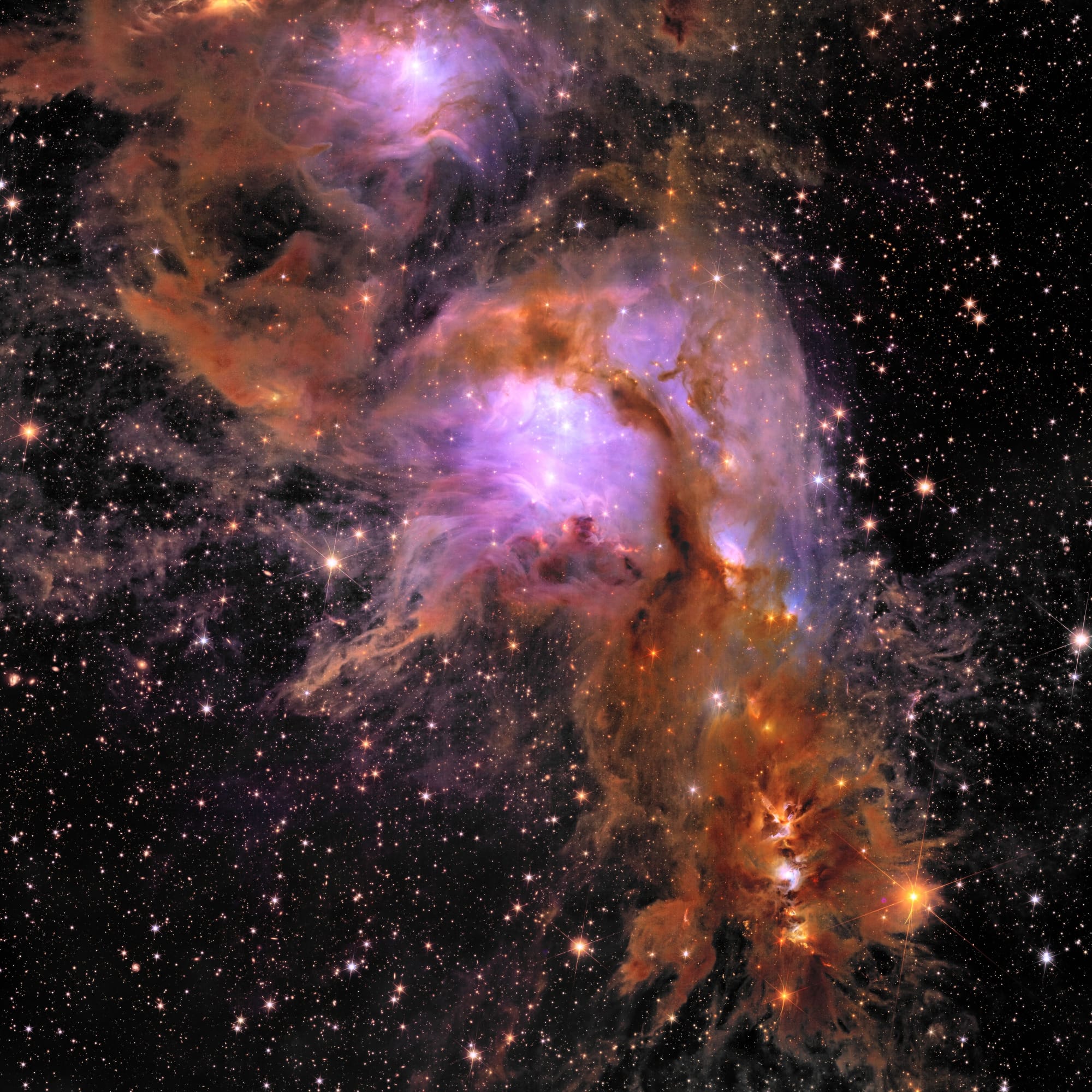
Messier 78
This perhaps, with its colors, was the image that fascinated even the uninitiated the most. M78 is a nebula in the constellation Orion and is 1300 light-years away. New worlds and new stars in formation, shrouded in interstellar dust. A cradle of stars whose radiation illuminates the cloud of gas and dust. The red color corresponds to dust particles, and the blue to molecular hydrogen.
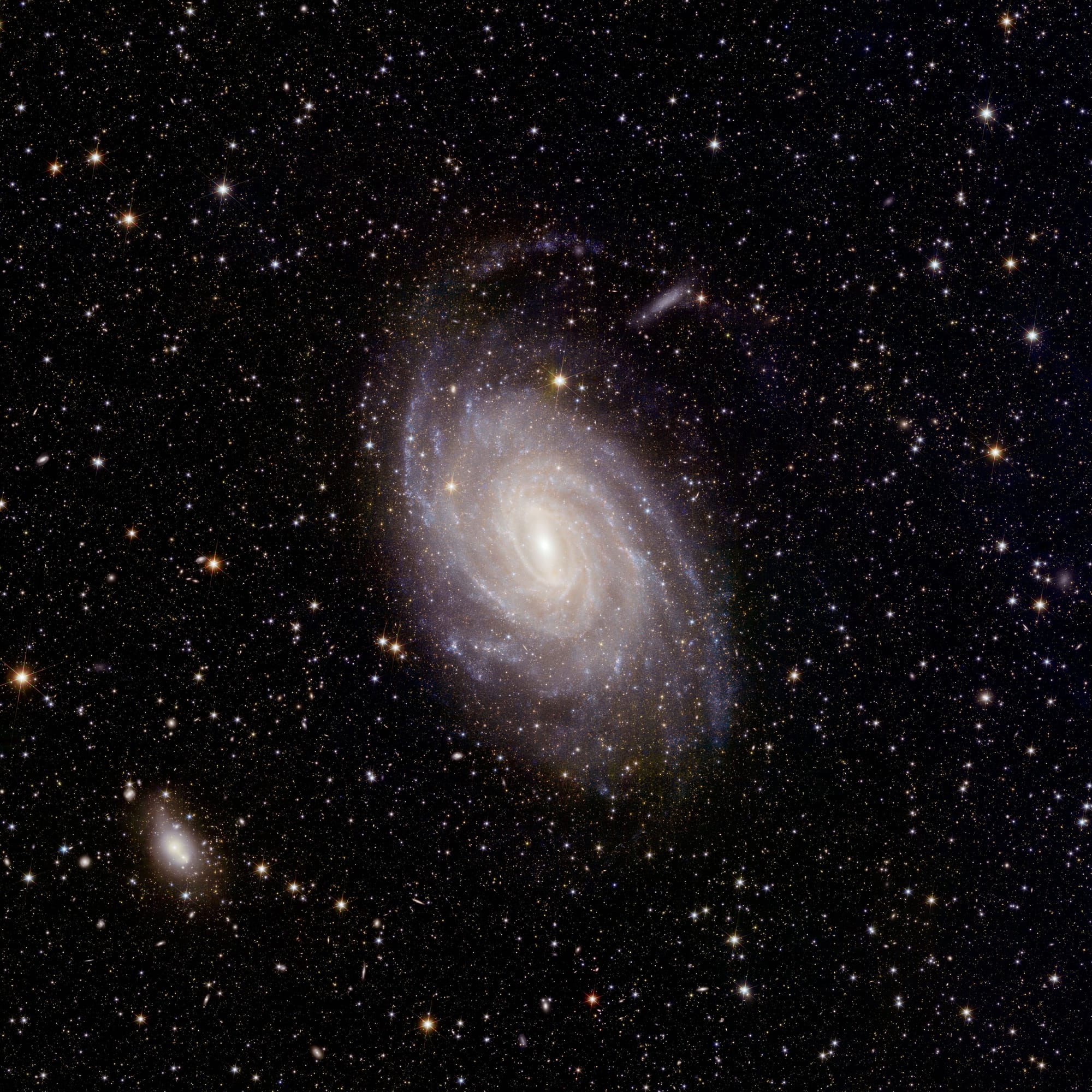
NGC 6744
This spiral galaxy has a diameter of 180,000 light-years and is located in the Virgo Supercluster 30 million light-years away. This image will be very useful for understanding how dust and gas are related to star formation, studying the distribution of stars within galaxies, observing new formations, in short, investigating the physics that shapes the structure of spiral galaxies. Issues still not understood.
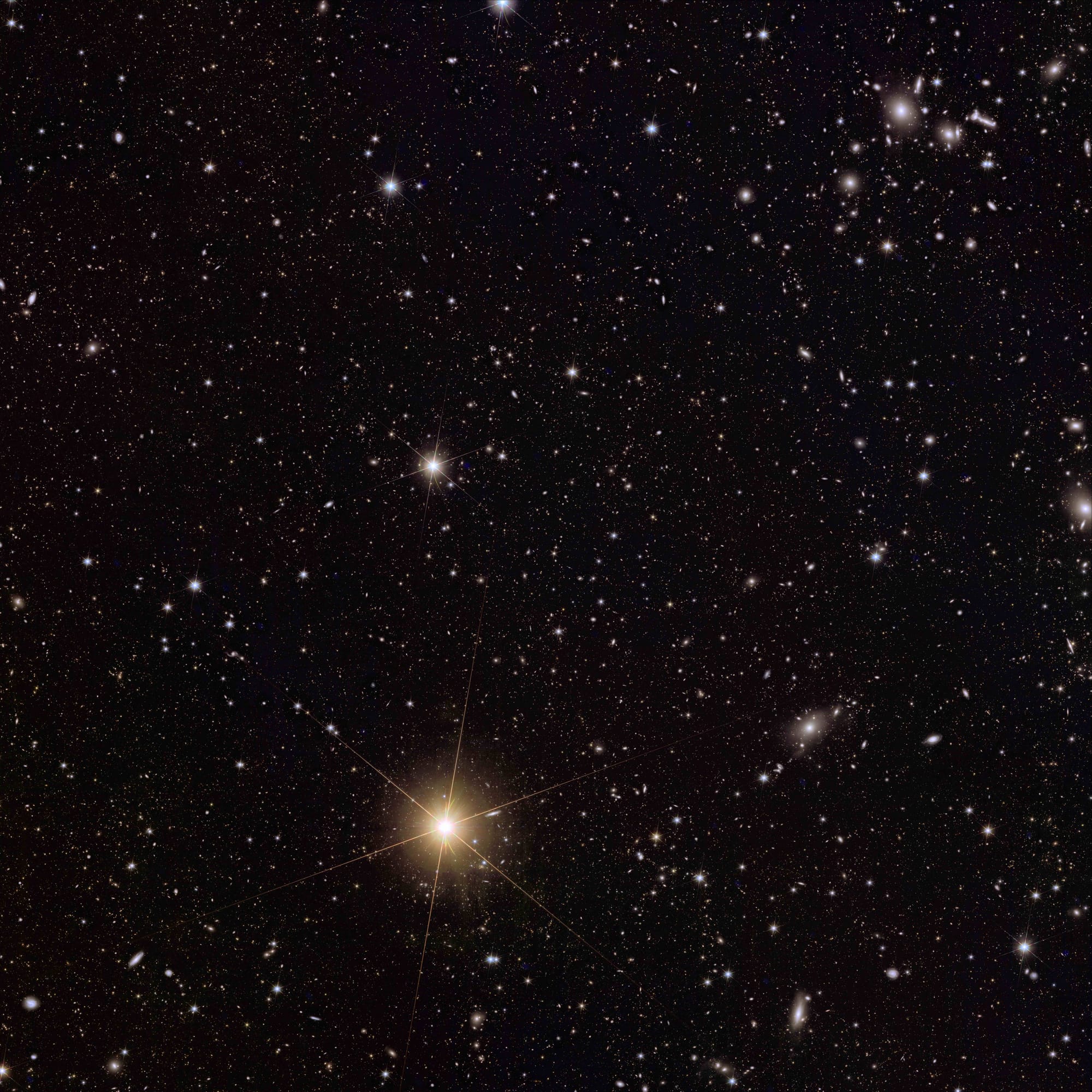
Abell 2764 and bright star
Abell 2764 (top right) is another cluster of galaxies; there are hundreds of them immersed in a vast sea of dark matter. It is a billion light years away from us in the direction of the constellation Phoenix. Some stars from our galaxy also appear in this image; the brightest one, in the foreground, is BP Phoenicis.

Dorado Group
Dorado group of galaxies, is located about 62 million light-years away. This image, which captures young galaxies in formation, rich in gas and dust, will be very useful for studying galaxy formation and, thus, shedding light on cosmic history.
Less than a year after its departure, Euclid has returned outstanding data, images of great scientific and aesthetic value. By the end of its mission, the telescope will have acquired images and data for more than 1 billion galaxies, on the expansion of the universe and its history over the past 10 billion years. A 3-D model of the distribution of matter, including dark matter, in an area corresponding to one-third of the sky. Expectations about the secrets Euclid will unlock over the next five years of its mission are high.




